SLEDsmart! USA Knowledge Base
Module 02 - Before Heading Out
YOUR ESSENTIAL GEAR LIST: RIDER CLOTHING

Under Layer Clothing:
- This is the layer of clothing that will go under your snowmobile suit, and is KEY to you having a safe and comfortable ride.
- Your under layer will be a barrier against the cold temps, wind chill, and frostbite.
- Remember, you can always take a layer of clothing off if you’re too warm, but if you don't have enough layers on at the start, you're signing up for a cold ride.
Long Underwear:
Your first layer of clothing should be a lightweight, loose pair of long underwear. Make sure they’re not too tight - they need to allow your body to breathe. They should be made of synthetic materials like polyester blends, which will dry quickly and wick moisture away from your body. No cotton undies - if you get sweaty, they’ll stay damp the entire trip which will cause you to feel cold… and would be kinda’ gross.
Middle Layers:
Your second layer of clothing should be thicker wool or fleece clothing items which will insulate your body and trap heat, while still allowing moisture to escape. A couple of lighter layers will actually be warmer than one heavy layer. Your best options are pants and shirts made of fleece, wool or polyester. Remember, clothing such as cotton sweatshirts, t-shirts, jeans and cotton socks should never be worn while snowmobiling.
RIDER SAFETY TIP: NO SCARVES
Never wear a scarf when you’re snowmobiling. Opt for either a neckwarmer or ‘dickie’ or a turtleneck style shirt. A scarf is dangerous because if loose and blowing in the wind, it can easily get caught in your machinery.
Top Layer (Snowmobile Suits):
This top layer is an outside shell or full suit that’s designed specifically for snowmobiling. Windproof and waterproof, it will provide warmth in cold weather conditions, protection from the elements and it will be super comfortable to wear while riding. They’re usually made from acrylic and synthetic materials...and they usually look pretty cool too.
RIDER SAFETY TIP: FLOAT SUITS
Remember! If you plan to travel near or over ice, wear a snowmobile suit with a built-in, approved flotation device. Not only will the suit keep you warm and protect you from the elements, but it can save your life if you fall through the ice.

Ski Masks (Balaclava)
Not wearing a full-faced helmet? Then a ski mask is an essential piece of equipment for you. Even if you don't plan on wearing the mask throughout your ride, ALWAYS keep one with you in case the temperature drops. You won’t regret having it when frostbite starts to nip at your nose. Choose a mask that is made of lightweight, synthetic materials, such as polyester or silk. Wool masks are great for warmth, but they’re thicker and less comfortable under a helmet.
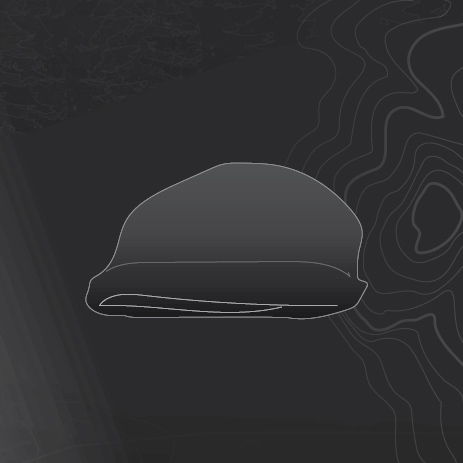
Hats
Did you realize that most body heat loss occurs through the head? If you aren’t wearing a ski mask, make sure you’re wearing a thin but warm hat that fits comfortably under your helmet.
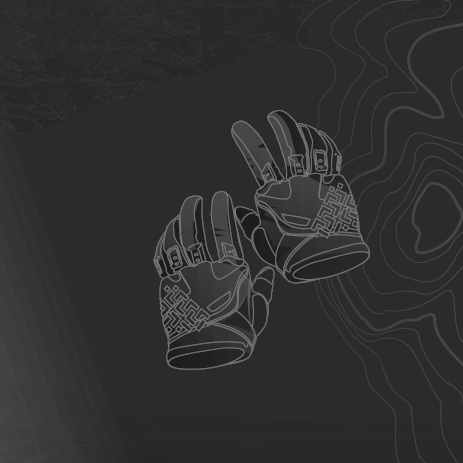
GLOVES
Get yourself a good set of gloves to protect your hands against the cold, the threat of frostbite and from any flying debris, like snow and ice. Choose gloves that are designed for snowmobiling. They should cover the sleeves to prevent cold air from entering at your wrist. Good gloves will leave your hands with the freedom to operate normally (they won’t be too loose or too tight). Really cold out there? Layer them up! Put a fleece or wool set of gloves underneath the top layer. Remember, your hands control the gas and the brake. You NEED them and you'll be useless if your fingers go numb
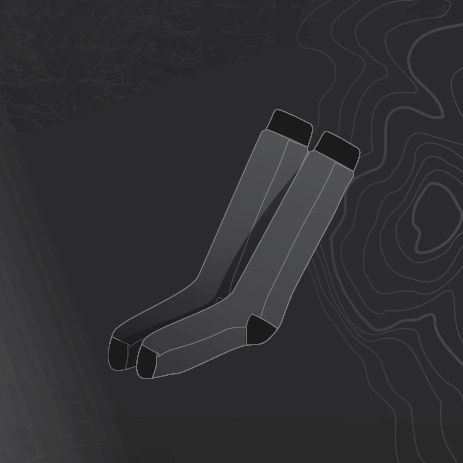
Socks
Socks are seriously important for snowmobilers. Wool and fleece are the way to go (never cotton) and you should always pack a few pairs so you can switch them up if your feet get damp, cold or sweaty.
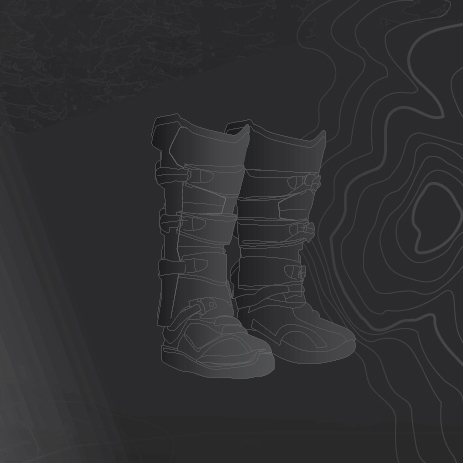
Boots
Wear heavy-duty boots that are designed for snowmobiling. They should have rubber waterproof bottoms and quality lug soles to provide traction. The upper part of the boot should be made of nylon or synthetic material that will wick moisture away from your feet. Make sure they fit comfortably. If they’re too big they’ll be loose and will let in snow. If they’re too small they’ll restrict your blood flow and your feet will get cold easily. Choose wisely, rider! Oh, and when you’re trying them on, wear your snowmobile socks so you know EXACTLY how they fit when worn together.
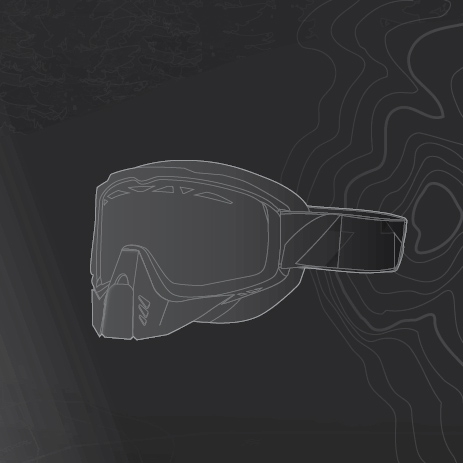
Eye Protection
No one is looking out for you out there but YOU. Always protect your eyes from debris such as kicked up ice, snow, or any tree limbs that may be on the trail. The windshield on your sled won’t protect your eyes and neither will a pair of sunglasses. Only a visored helmet or shatter-resistant goggles will prevent your eyes from watering due to the wind or cold. If you opt for goggles, make sure they ventilate properly and won’t fog up when you’re riding.
RIDER SAFETY TIP: LENSES & LIGHT
Got a gorgeous, bright, bluebird of a day for riding? Go for grey-tinted goggles. If it’s an overcast sky, go for a yellow-tinted lens to brighten things up and provide better visibility. Night riding? Yes, you still need eye protection – wear goggles with clear lenses. When the right lens color is used in the right lighting conditions, you’ll be able to better spot obstacles and depressions in the snow.



